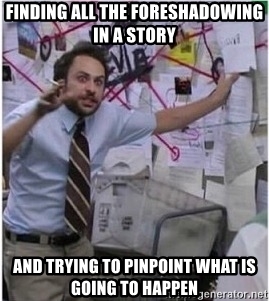
BY:
Lawyer Reporter
PROJECT COUNSEL MEDIA
12 June 2021 (Brussels, Belgium) – About 2 years ago Google decided to put some of its AI and machine learning technologies into the hands of journalists with a suite of new tools called Journalist Studio. At launch the suite included a host of existing Google tools as well as several new products aimed at helping reporters search across large documents and visualizing data.
The most popular was the one called Pinpoint which was designed to help reporters work with large file sets, those containing hundreds of thousands of documents. Pinpoint works as an alternative to using the “Ctrl + F” function to manually seek out specific keywords in the documents. Instead, the tool takes advantage of Google Search and its AI-powered Knowledge Graph, along with optical character recognition and speech-to-text technologies. It has gone through several updates and we are constantly finding new uses.
Our team has used it to examine massive troves like the JFK Assassination archives which were released a few years back, plus the Robert Mueller report on the Russian government interference in the 2016 U.S. presidential election. It is also being used by law firms in analyzing data breaches. Our boss, Gregory Bufithis, has used it in his series on COVID-19 to plow through close to 12,000 articles, pre-prints and PDFs and all of their respective links.
So it was only a matter of time until it was discovered by Craig Ball (a leading light in the eDiscovery firmament and 3rd baseman for the Victoria Secrets softball team). In a recent post titled “Is Pinpoint the Future of eDiscovery?” Craig notes:
“I’ve decried the absence of low-cost eDiscovery tools since Edison recorded sound. A dozen years ago, I laid down the EDna Challenge begging the vendor community for something a lawyer could use to process and review small collections of ESI for less than $1,000.00. They all laughed.
The vendors are laughing still … all the way to the bank. Yet, a glimmer of hope crept over the transom today as I dragged and dropped a container file holding 50,000 e-mail messages into a free Google tool called Pinpoint.
Within minutes, Google converted the emails to PDFs and ran optical character recognition (OCR) against embedded imagery. I quickly realized that Pinpoint hadn’t processed email attachments, so I grabbed the native attachments and pointed Pinpoint to them. The attachments uploaded, images were OCR’ed and audio files were transcribed! Even handwritten items were converted to searchable text! What? WHAT!”
For Craig’s full analysis on why it could very well be the eDiscovery tool of the future click here.